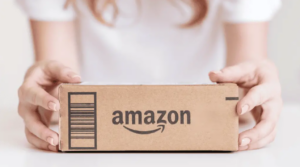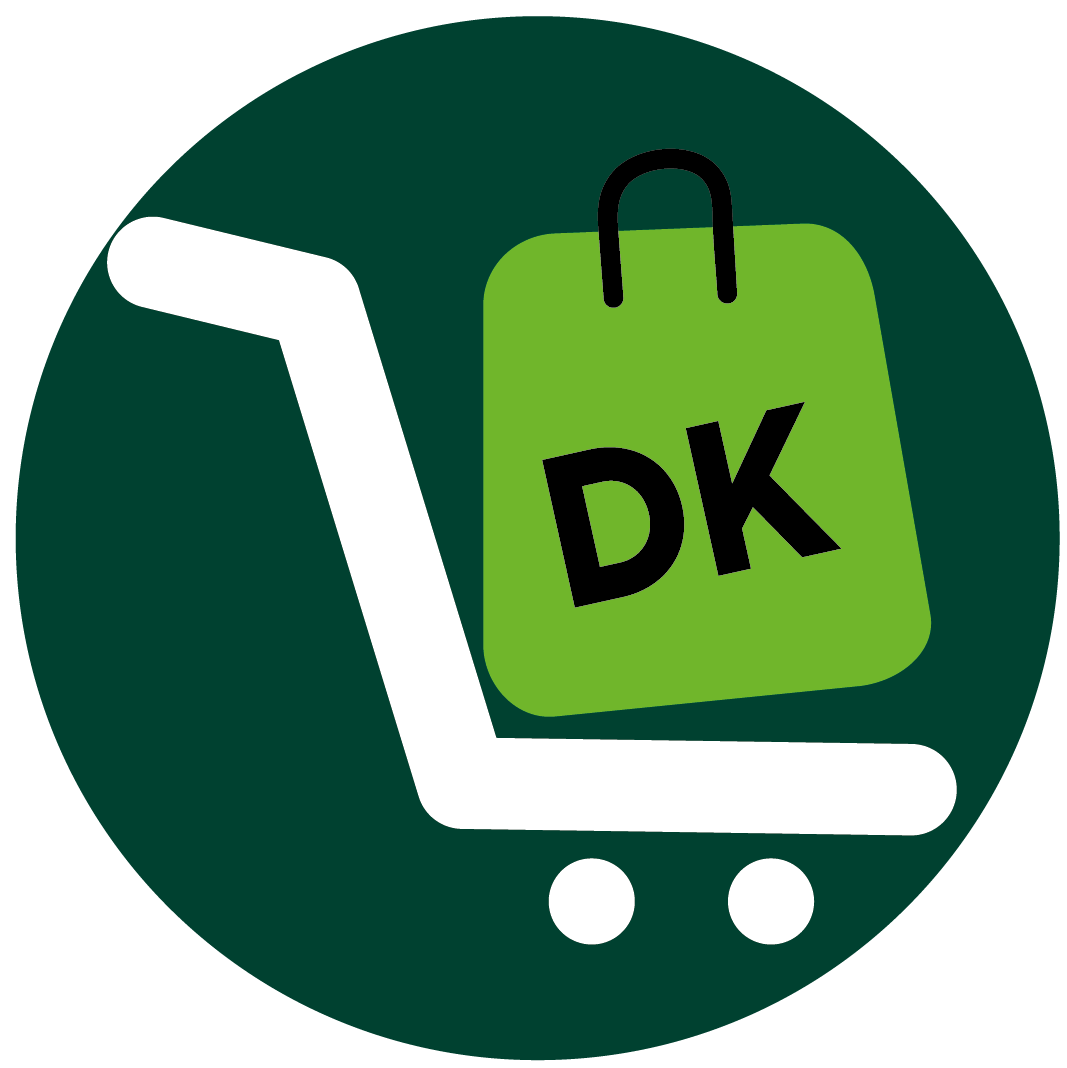As you embark on a journey of entrepreneurship, you find yourself at the threshold of opportunity. Amazon, a colossus in the e-commerce realm, beckons with its boundless potential for profit. As you stand poised to elevate your startup business, let this be your guiding beacon.
Imagine a marketplace pulsating with the collective heartbeat of millions of customers, each seeking solutions, comforts, or perhaps a spark of joy. Your startup, with its unique offerings, is not just another storefront but a vessel of dreams ready to navigate this vast ocean. The quest for profitability on Amazon is not merely about transactions; it’s about connections, understanding the pulse of the market, and aligning your business to the rhythm of consumer desires.
The hacks you’re about to discover are not just strategies; it’s the keys to unlocking a treasure trove of customer trust and loyalty. These are not mere tips; it’s the brushstrokes that paint your brand’s story across the canvas of Amazon’s marketplace. Each hack is a step, a leap, and a stride forward in crafting a legacy of success.
You are not just selling products; you are curating experiences, sculpting satisfaction, and weaving the fabric of a brand that resonates with the hearts of consumers. With each product listing, you’re just showcasing an item and extending an invitation to customers to partake in the quality and service that your brand embodies.
As you delve into these full-proof hacks, remember that it’s more than tactics; it’s a philosophy of excellence and the compass that directs you to profitability, the wind that propels your sails towards success. Embrace them, not to just make a profit on Amazon but to make a mark, a legacy that stands the test of time.
Here are the full-proof hacks you need to know to make a profit on Amazon:
- Identify Lucrative Niches
- Enhance Visibility and Conversion
- Strike a Balance Between Profit and Sales Volume
- Balance Cost and Efficiency
- Implement Effective Advertising Strategies
- Leverage Amazon Prime
- Minimize Stockouts and Overstock
- Stay Agile and Responsive
Recap
1. Identify Lucrative Niches
Conduct thorough exploration to pinpoint profitable niches within Amazon’s vast marketplace. Scrutinize current trends, analyze consumer demand, and assess competition levels.
Utilize tools like Jungle Scout, Helium 10, or AMZScout to gather comprehensive data on sales volume, competition, and keyword trends. By uncovering underserved niches or identifying potential gaps in existing markets, you can position yourself to offer unique products that meet consumer needs and preferences, thereby maximizing your profit potential.
Additionally, consider leveraging Amazon’s own data, such as Best Sellers Rank and customer reviews, to gain insights into popular products and emerging trends.
>>> MORE : YouTube Marketing Hacks for Online Store
2. Enhance Visibility and Conversion
Optimize your product listings to improve visibility and enhance conversion rates. Craft compelling titles, bullet points, and product descriptions that incorporate relevant keywords and highlight key features and benefits.
Use high-quality images and videos to showcase your products effectively. Also, implement backend keywords strategically to improve search discoverability.
Moreover, utilize Amazon’s Enhanced Brand Content (EBC) or A+ Content (for registered brand owners) to create visually appealing and informative product pages that engage potential customers and drive sales.
When you optimize your product listings, you can increase your chances of ranking higher in search results and attracting more qualified traffic to your listings, ultimately boosting your profitability on Amazon.
3. Strike a Balance Between Profit and Sales Volume
Set competitive prices for your products to strike a balance between maximizing profits and driving sales volume. Conduct regular price research to stay informed about market trends and competitor pricing strategies.
Consider factors such as product costs, shipping fees, and Amazon fees when determining your pricing strategy. Use dynamic pricing tools or algorithms to adjust prices dynamically based on market conditions, competitor pricing, and demand fluctuations.
Also, leverage Amazon’s promotional tools, such as Lightning Deals, coupons, and Prime Day discounts, to attract price-sensitive shoppers and stimulate sales. This helps you maintain a healthy profit margin while remaining competitive in the marketplace and driving sales growth over time.
4. Balance Cost and Efficiency
Choose the most suitable fulfillment method for your business to optimize cost and efficiency. Evaluate the pros and cons of Fulfillment by Amazon (FBA) versus Fulfillment by Merchant (FBM) based on your product characteristics, sales volume, and operational capabilities.
While FBA offers the advantage of Amazon handling storage, packaging, and shipping, it comes with fulfillment fees and storage costs. On the other hand, FBM provides greater control over the fulfillment process but requires you to manage inventory and logistics.
Analyze your cost structure, fulfillment requirements, and customer expectations to determine the optimal fulfillment strategy for your business. When you use this method, you can streamline operations, minimize costs, and deliver a seamless shopping experience to your customers, thereby improving your profitability on Amazon.
>>> PRO TIPS : Dropshipping: How To Automate
5. Implement Effective Advertising Strategies
Utilize Amazon’s advertising platform to drive targeted traffic to your product listings and increase sales. Leverage Sponsored Products, Sponsored Brands, and Sponsored Display ads to enhance visibility and reach customers at various stages of the purchasing journey.
Develop keyword-targeted campaigns and ad creatives that resonate with your target audience and compel them to take action. Monitor ad performance metrics, such as click-through rate (CTR), conversion rate, and return on ad spend (ROAS), to optimize campaign performance and maximize ROI.
Experiment with different ad formats, targeting options, and bidding strategies to identify what works best for your products and audience. By implementing effective advertising strategies, you can increase product visibility, attract qualified traffic, and generate more sales, thereby boosting your profitability on Amazon.
6. Leverage Amazon Prime
Capitalize on the benefits of Amazon Prime to attract more customers and increase sales. Enroll your products in the Fulfillment by Amazon (FBA) program to qualify for Prime eligibility and offer customers fast and free shipping.
Highlight Prime-eligible products with badges and filters to make them stand out in search results and attract Prime members. So, take advantage of Prime-exclusive deals, such as Lightning Deals and Prime Day discounts, to drive additional sales and capitalize on seasonal shopping events.
Additionally, consider offering Subscribe & Save discounts to incentivize repeat purchases and foster customer loyalty. When you do this, you can tap into a large base of loyal customers, increase conversion rates, and boost your profitability on the platform.
>>> GET SMARTER : How To Sell Online Without a Website
7. Minimize Stockouts and Overstock
Implement effective inventory management practices to minimize stockouts and overstock situations. Utilize inventory forecasting tools or software to predict demand and plan inventory levels accordingly.
Monitor sales velocity, seasonality, and lead times to optimize reorder points and safety stock levels. Use Amazon’s inventory management features, such as FBA inventory replenishment alerts and storage fee calculators, to stay informed about inventory status and storage costs.
Consider implementing just-in-time (JIT) inventory management techniques to minimize storage costs and improve cash flow. Moreover, diversify your supplier base and maintain open communication to mitigate supply chain risks and ensure a steady flow of inventory.
8. Stay Agile and Responsive
Continuously monitor your performance metrics, market trends, and competitor activities to stay agile and responsive in the dynamic Amazon marketplace. Regularly analyze key performance indicators (KPIs), such as sales performance, conversion rates, and customer feedback, to identify areas for improvement and optimization.
Stay informed about changes to Amazon’s policies, algorithms, and fee structures to adapt your strategies accordingly. Experiment with new tactics, technologies, and marketing channels to stay ahead of the competition and capitalize on emerging opportunities. Get feedback from customers and incorporate their input into product development and marketing efforts.
Recap
Mastering the art of profiting on Amazon requires strategic thinking and a commitment to continuous improvement. By delving into the nuances of product research, sellers can unearth untapped niches and position themselves for success in competitive markets. Optimizing product listings enhances visibility and conversion rates, ensuring that offerings stand out amidst the sea of options available to shoppers.
Strategic pricing strikes a delicate balance between profitability and sales volume, maximizing revenue potential while remaining competitive in the marketplace. Leveraging Amazon’s advertising platform drives targeted traffic to product listings, increasing sales and amplifying brand visibility.














